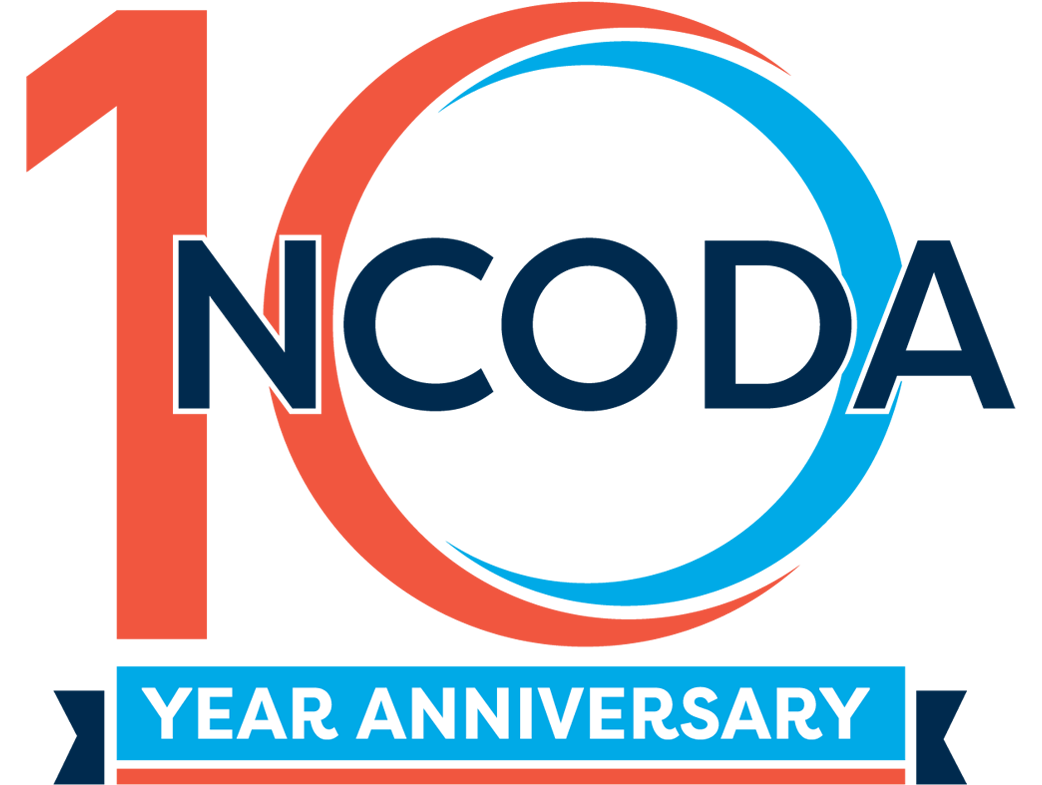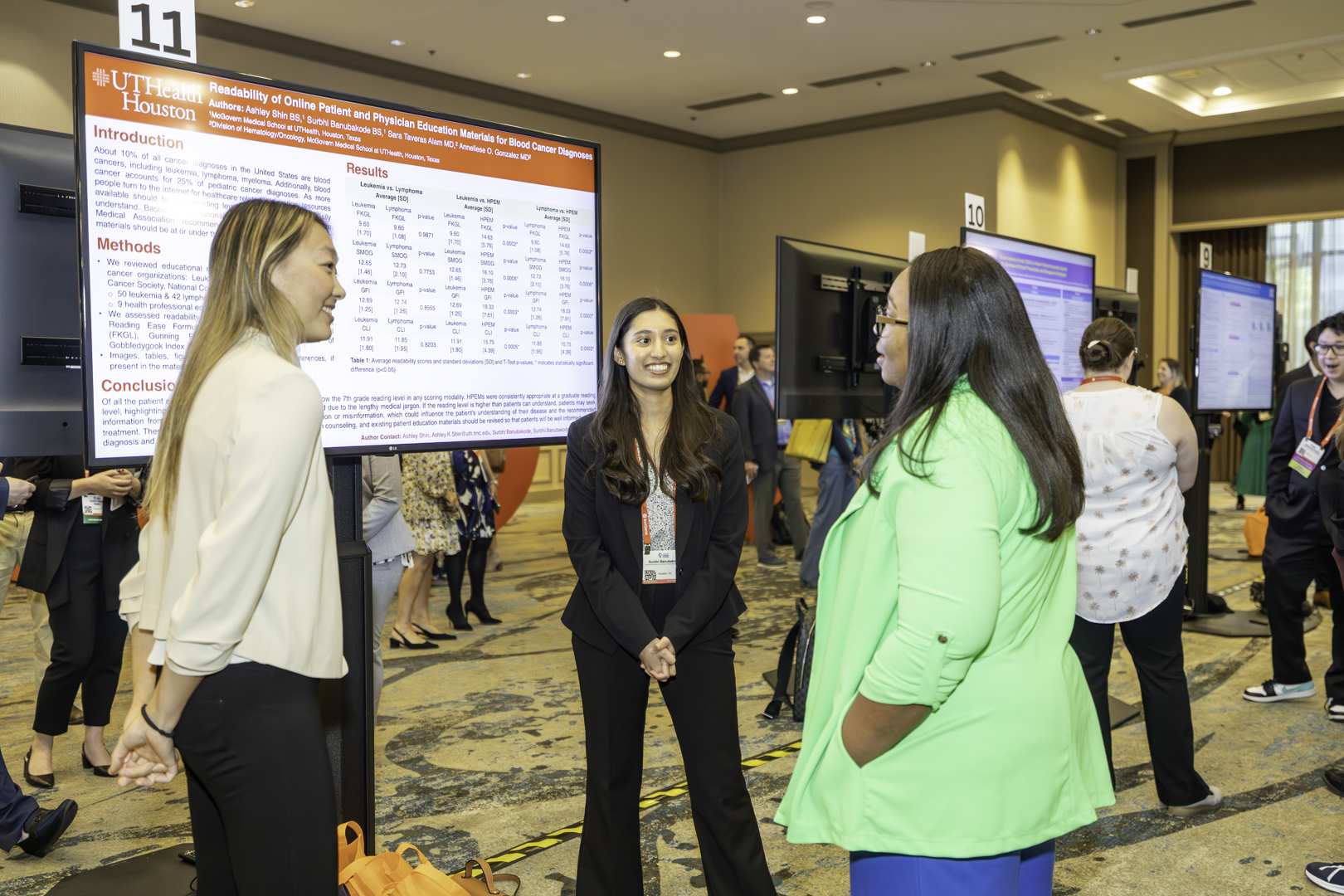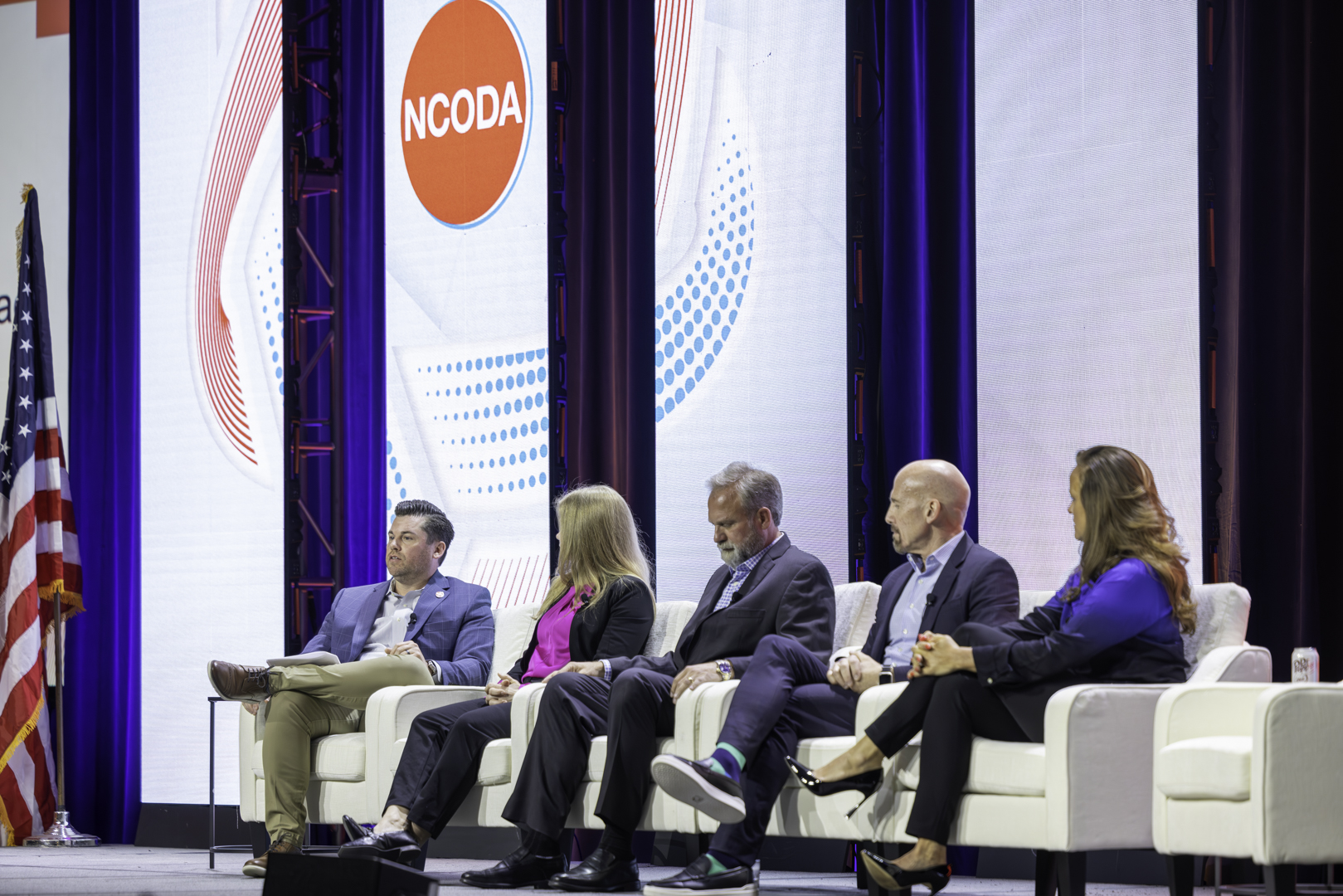2026 International Spring Forum
April 15, 2026 | 12:00 PM EST
The Burnout Battle
Published Date: May 15, 2025
Share

Authors: Sharita Howe, PharmD, Director of Partner Development & Strategy, NCODA & Natasha Olson, PharmD, Senior Manager of Membership Strategy & Pharmacy Community Lead, NCODA
Burnout among oncology professionals isn’t just a workplace wellness issue—it’s a systemic challenge with ripple effects across the entire cancer care continuum. We’re seeing a growing crisis that impacts not only the providers delivering treatment, but also the patients receiving it, and the partners working to support high-quality, evidence-based care.
Recent data make this clear: A 2023 study in JCO Oncology Practice found that 45% of oncologists reported symptoms of burnout, while a 2022 survey in the European Journal of Oncology Nursing revealed burnout rates as high as 60%among oncology nurses. And the issue is global—affecting up to 70% of providers in some regions, according to the International Journal of Cancer.
These numbers reflect real human strain. Oncology teams face relentless emotional and administrative demands, from delivering difficult news to managing high patient volumes. Left unaddressed, burnout leads to decreased empathy, higher error rates, and increased turnover—all of which disrupt continuity of care and erode trust in the system.
For pharmaceutical partners, this is not just relevant—it’s critical. Burnout impacts how therapies are adopted, managed, and experienced. It shapes clinical conversations, care coordination, and even treatment adherence.
At NCODA, we regularly engage with oncology practices across the U.S. and beyond. From these conversations, one message has become clear: burnout is no longer the background noise of oncology—it’s the barrier to better care.
Clinicians are asking for:
- Less administrative burden
- More time with patients
- Teamwide recognition—not just prescriber-focused incentives
- Practical mental health support
- Opportunities for professional growth and peer connection
These aren’t lofty or abstract requests—they are clear signals of what it will take to keep this workforce engaged and thriving.
How Pharma Can Support Practice Resilience
Pharmaceutical partners are uniquely positioned to help. Not by solving burnout alone, but by integrating provider well-being into the way they support care delivery. Below are high-impact areas where pharma can align its efforts with what practices truly need:
1. Reduce Administrative Friction
- Streamline prior authorization processes with practice friendly prior auth toolkits
- Co-create user-friendly reimbursement and patient assistance resources.
- Partner on digital tools that minimize redundant documentation.
2. Support Whole-Team Wellness and Elevate Professional Recognition
- Provide resources for all staff—not just physicians.
- Fund structured debriefs or case-based learning that enhances team connection.
- Celebrate non-physician contributions in education, operations, and patient support.
- Support CE opportunities programs for pharmacists, nurses, physicians and navigators.
4. Invest in Practice Growth, Not Just Product Education
- Co-develop flexible, modular training that doesn’t disrupt clinic flow.
- Pilot shared tools for workflow improvement—beyond disease state education.
- Partner with organizations that advocate for practice-based dispensing and coordinated care.
Burnout isn’t an isolated issue—it’s a barrier to delivering the kind of cancer care we all want to champion. At NCODA, we’re focused on helping partners understand and act on what practices really need. Supporting provider well-being is not separate from advancing innovation—it’s what ensures innovation has impact.
Let’s build solutions together that support not just treatment delivery, but the people delivering it.
Resources
- Shanafelt TD, et al. Burnout and Satisfaction With Work-Life Integration Among Oncologists in the United States. JCO Oncology Practice. 2023.
- Gómez-Urquiza JL, et al. Prevalence of burnout syndrome in oncology nursing: A meta-analytic study. European Journal of Oncology Nursing. 2022.
- Banerjee S, et al. Burnout in oncology: a global issue. International Journal of Cancer. 2022.
- West CP, et al. Association of Burnout With Medical Errors Among Oncologists. The Oncologist. 2021.
- ASCO. The State of Cancer Care in America: 2023. American Society of Clinical Oncology.
- Rotenstein LS, et al. Prevalence of Burnout Among Physicians: A Systematic Review. BMJ Open. 2020.
- ASCO Industry Collaborations. Supporting Oncology Practice Well-Being. 2024.






